
Menstrual cramps
All women experience “dysmenorrhea”or menstrual cramps at some time or another. The cramps affect the lower abdomenand occur during or before the menstrual period, while their severity rangesfrom unpleasant to excruciating. During the menstrual period, prostaglandins,which are hormone-like substances capable of provoking inflammation and pain,cause the contractions of the uterus, and uterine muscles contract attemptingto push out the lining. Conditions such as pelvic inflammatorydisease, endometriosis,adenomyosis, uterine fibroids and uterine polyps can also cause menstrualcramping. The dull or throbbing pain in the lower region of the stomach that isassociated with menstrual cramps can also spread to lower back and thighs, andis often accompanied by nausea, vomiting, loose stools and heavy sweating.
There are several ways which canhelp alleviate the symptoms of menstrual cramping. Regular exercise stimulatesthe body’s production of endorphins which can act as natural pain-killers andthus overcome the discomfort of cramping. Yoga is particularly effectivesince it provides both stretching and relaxation. Another way to relieve crampsinvolves putting the hot water bottle on the abdomen, as well as a kitchentowel which was previously soaked in water and drained of excess liquid. Waterintake should be kept high during the menstrual period, as dehydration makesthe menstrual cramps worse. Orgasms relieve abdominal pain by allowing theblood and other fluids to leave congested organs. Aspirin and other productscontaining acetaminophen or ibuprofen aid help with cramp relief. Drinking one totwo cups of tea with peppermint or wintergreen eases menstrual cramps, and suckingon mint candy does the trick. Hot liquids such as herbal teas or warmlemonade promote blood flow and relaxation of the muscles.
Bodily muscles can also berelaxed by 20 minute soaking in the home-made mineral bath, consisting of onecup of sea-salt and one cup of baking soda added to warm water. Parsley isknown to regulate the period while its juice eases menstrual pains. Best resultsare achieved by mixing 1/3 of a cup of parsley with cucumber, beet and carrotjuices. Another potent pain-killing herb is basil used either as a spice or intea, where tea is made with 2 tablespoons of basil leaves boiled in one pint ofwater. After covering it and cooling it to room temperature, the tea can beconsumed, and recommended daily doses of basil tea are half a cup or one cup.
Vitamin and mineral intake shouldbe kept high during the times of painful periods, and supplements containingmultiple vitamins and minerals are especially effective, though small doses arerecommended so that they can be taken after each meal. Calcium is essential inreducing the pain caused by menstrual cramps, and it should be combined withmagnesium taken before and during the period to improve the absorption ofcalcium. Caffeine is the thing to avoid during the menstrual period, since itcan irritate the intestine and cause nervous tension thus worsening menstrualcramps.



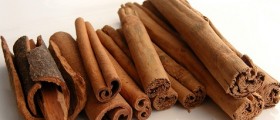

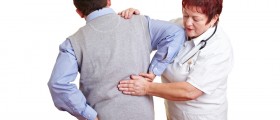
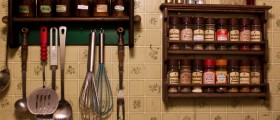
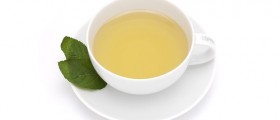

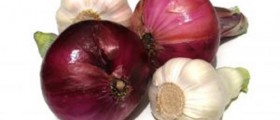





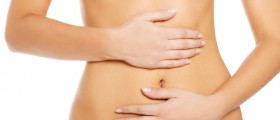

Your thoughts on this
Loading...